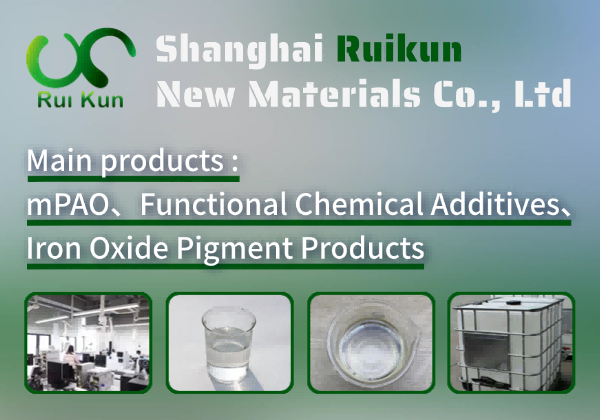What is hydrochloric acid, chloride
**Introduction to Hydrochloric Acid (HCl)** Hydrochloric acid (HCl) is a highly corrosive, strong mineral acid widely used in industrial and laboratory applications. It is a clear, colorless solution with a pungent odor, produced by dissolving hydrogen chloride gas in water. HCl plays a crucial role in chemical manufacturing, metal processing, and pH regulation. It is essential in producing chlorides, refining metals, and cleaning surfaces. In the human body, diluted HCl is a key component of gastric acid, aiding digestion. Due to its reactivity, proper handling and storage are critical to ensure safety. Hydrochloric acid’s versatility makes it indispensable in industries such as pharmaceuticals, food processing, and water treatment.
Preparation Process: **Preparation of Hydrochloric Acid (HCl):** Hydrochloric acid is commonly prepared by dissolving hydrogen chloride gas in water. Hydrogen chloride can be synthesized by reacting sodium chloride (NaCl) with concentrated sulfuric acid (H₂SO₄) under heating: \[ \text{NaCl} + \text{H}_2\text{SO}_4 \rightarrow \text{NaHSO}_4 + \text{HCl} \uparrow \] The evolved HCl gas is absorbed in water to form hydrochloric acid. Industrial production often involves the direct combustion of hydrogen (H₂) and chlorine (Cl₂): \[ \text{H}_2 + \text{Cl}_2 \rightarrow 2\text{HCl} \] **Preparation of Chlorides:** Chlorides (e.g., NaCl, KCl) are typically obtained by neutralizing metal hydroxides or carbonates with HCl: \[ \text{NaOH} + \text{HCl} \rightarrow \text{NaCl} + \text{H}_2\text{O} \] Alternatively, direct reaction of metals (e.g., Mg, Fe) with chlorine yields chlorides: \[ \text{Mg} + \text{Cl}_2 \rightarrow \text{MgCl}_2 \]
Usage Scenarios: Hydrochloric acid (HCl) is widely used in industrial and laboratory settings. It is essential for pickling steel to remove rust, scale, and impurities. In chemical synthesis, it serves as a reagent for producing organic compounds like PVC and inorganic compounds such as ferric chloride. The food industry uses diluted HCl as an acidity regulator. In laboratories, it aids in pH adjustment and sample preparation. Chlorides, derived from HCl, are crucial in water treatment, acting as disinfectants (e.g., sodium hypochlorite). Sodium chloride (table salt) is vital for human health, while calcium chloride is used for de-icing roads and as a desiccant.
hydrochloric acid, chloride Basic Info
hydrochloric acid, chloride Price
1. **United States**: $0.10 - $0.50 per liter
2. **China**: $0.05 - $0.20 per liter
3. **Russia**: $0.10 - $0.40 per liter
4. **Germany**: $0.20 - $0.60 per liter
5. **India**: $0.05 - $0.25 per liter
6. **Japan**: $0.30 - $0.70 per liter
7. **Brazil**: $0.10 - $0.35 per liter
8. **South Korea**: $0.25 - $0.60 per liter
9. **Philippines**: $0.10 - $0.30 per liter
10. **United Kingdom**: $0.25 - $0.65 per liter
11. **France**: $0.20 - $0.60 per liter
12. **Mexico**: $0.10 - $0.35 per liter
13. **Canada**: $0.15 - $0.50 per liter
14. **South Africa**: $0.10 - $0.30 per liter
15. **Egypt**: $0.05 - $0.25 per liter
16. **Turkey**: $0.10 - $0.35 per liter
17. **Thailand**: $0.10 - $0.30 per liter
18. **Indonesia**: $0.05 - $0.25 per liter
If no specific price data is available for a country, it is marked as "No results." Prices are approximate and subject to change based on market conditions.


 沪ICP备2021018848号-5
沪ICP备2021018848号-5

